Optimal Seasons for Foundation Repairs
Foundation repairs are most effective when performed during specific weather conditions and seasons. The optimal time depends on factors such as soil type, moisture levels, and temperature stability. Repairing during dry, moderate weather can prevent complications caused by excessive moisture or freezing temperatures.
Spring offers moderate temperatures and manageable moisture levels, making it a suitable time for foundation work. Soil tends to be moist but not overly saturated, allowing for effective stabilization.
Summer provides warm, dry conditions that facilitate quick curing of repairs. However, extreme heat can cause soil to dry out excessively, potentially impacting repair stability.
Fall is often ideal due to cooler temperatures and moderate moisture. Repair work during this season can prevent issues before winter freeze-thaw cycles.
Winter repairs are generally discouraged due to freezing temperatures and frozen soil, which can hinder repair processes and lead to additional complications.
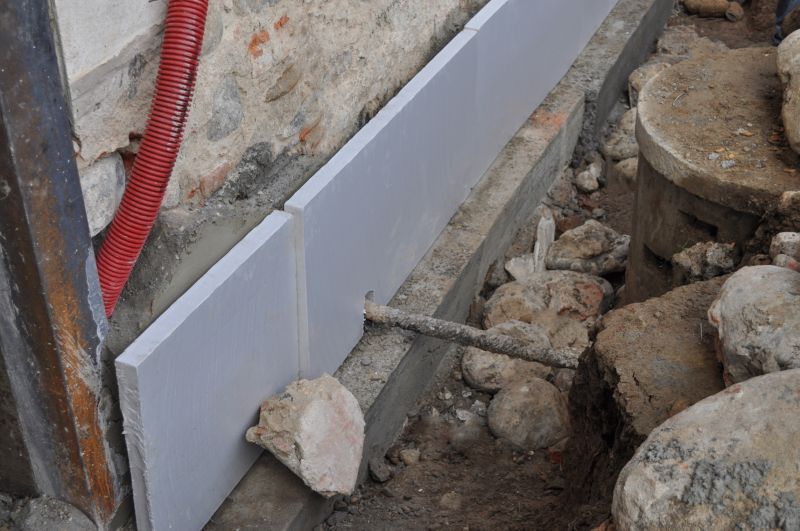
Spring's moderate weather conditions support effective foundation stabilization.
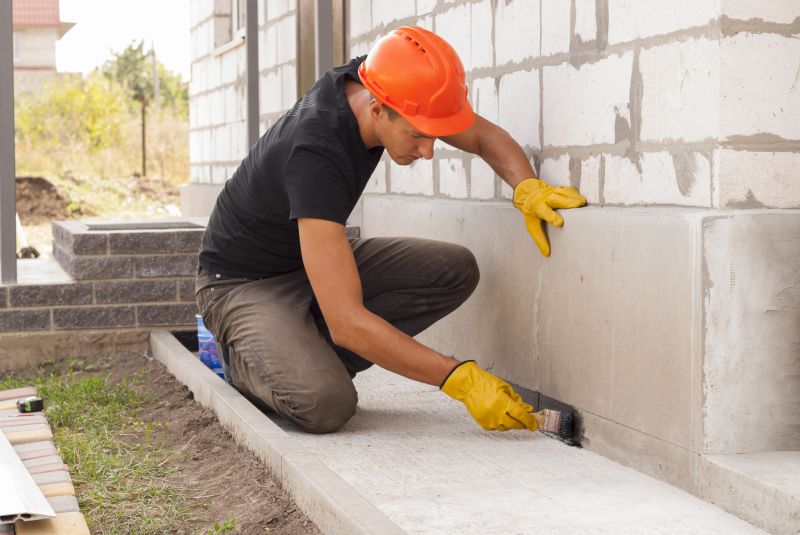
Warm, dry conditions allow for efficient repair processes.
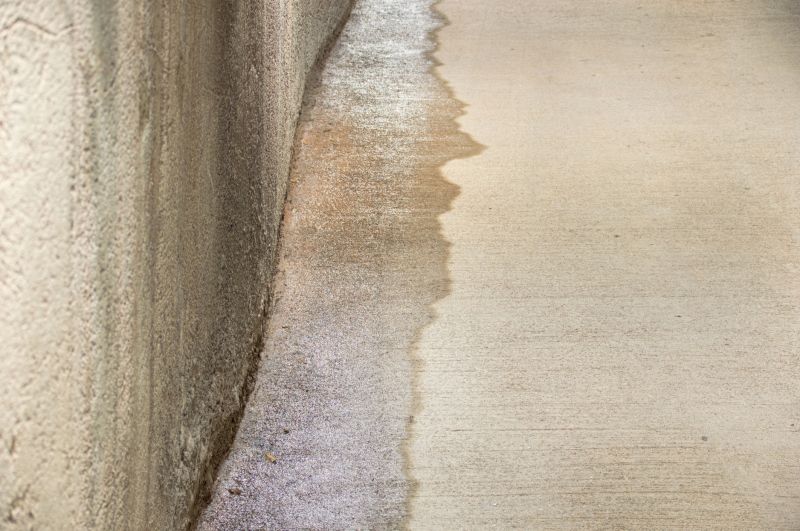
Cooler temperatures and moisture levels make fall an optimal season.
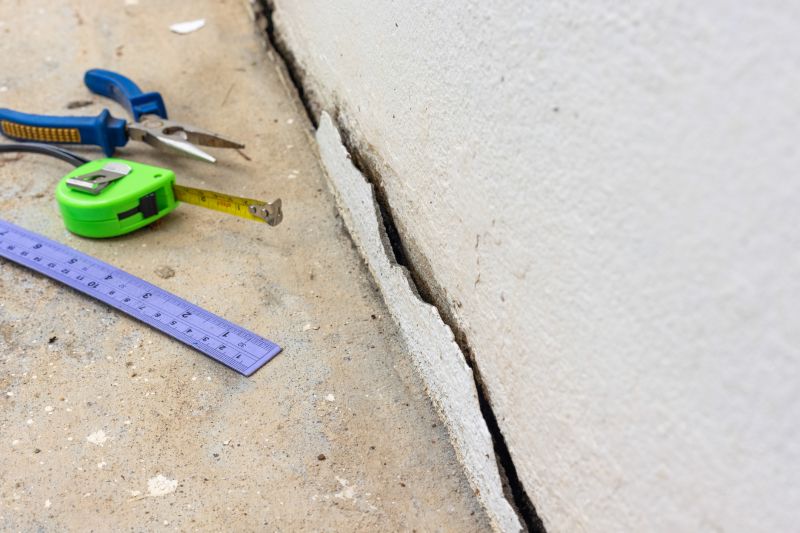
Ways to make Foundation Repairs work in tight or awkward layouts.
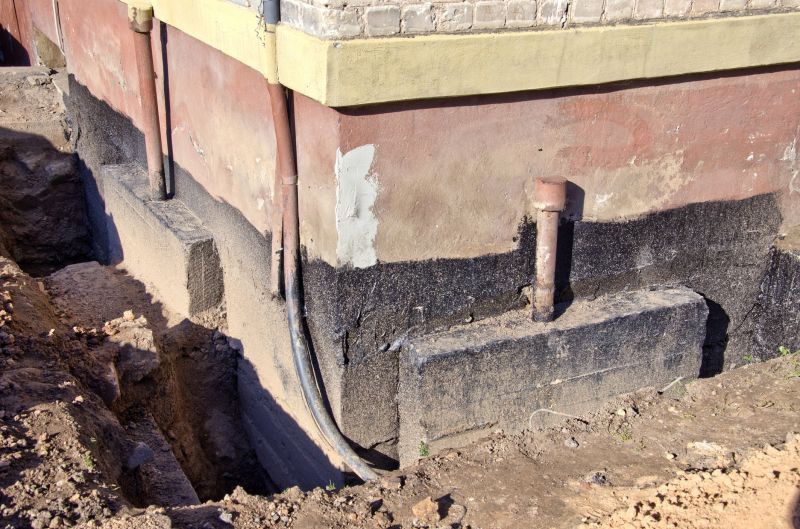
Popular materials for Foundation Repairs and why they hold up over time.
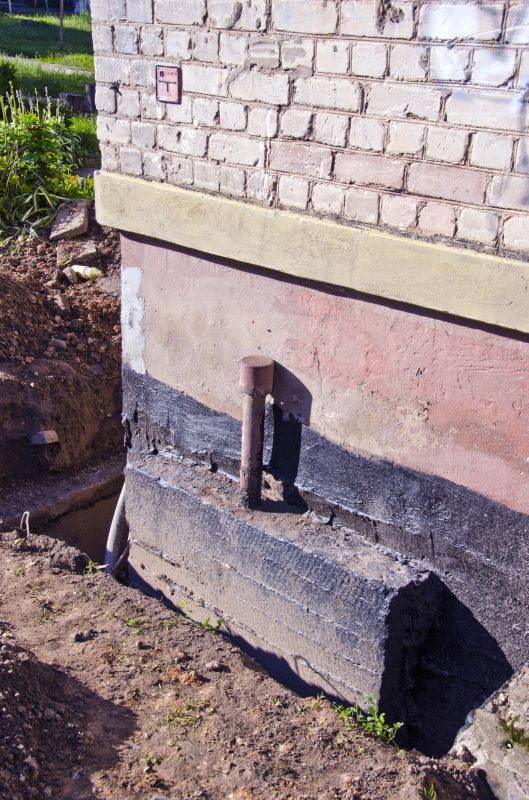
Simple add-ons that improve Foundation Repairs without blowing the budget.
| Season | Ideal Conditions |
|---|---|
| Spring | Moderate moisture, mild temperatures |
| Summer | Warm, dry weather |
| Fall | Cooler temperatures, moderate moisture |
| Winter | Freezing temperatures, frozen soil |
Foundation repairs address issues such as settling, cracking, and shifting that can compromise structural integrity. Proper timing ensures repair longevity and reduces the risk of additional damage. Soil conditions, weather patterns, and seasonal changes influence the success of foundation stabilization efforts. Statistics indicate that timely repairs can extend the lifespan of a foundation by decades, preventing costly future repairs.
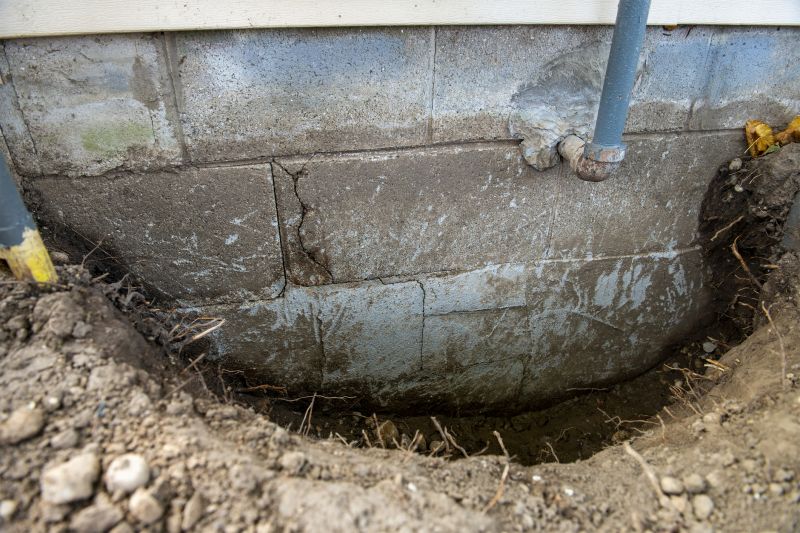
Visible cracks often indicate underlying settlement issues.
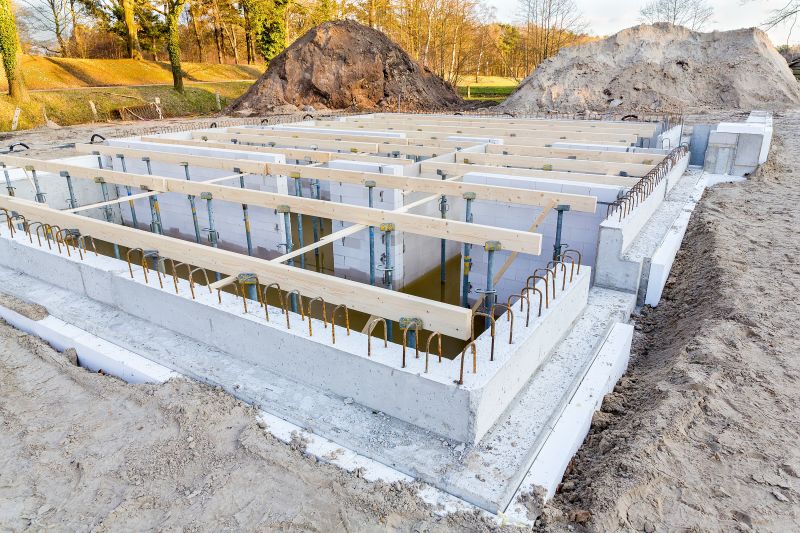
Methods include underpinning and piering to restore stability.
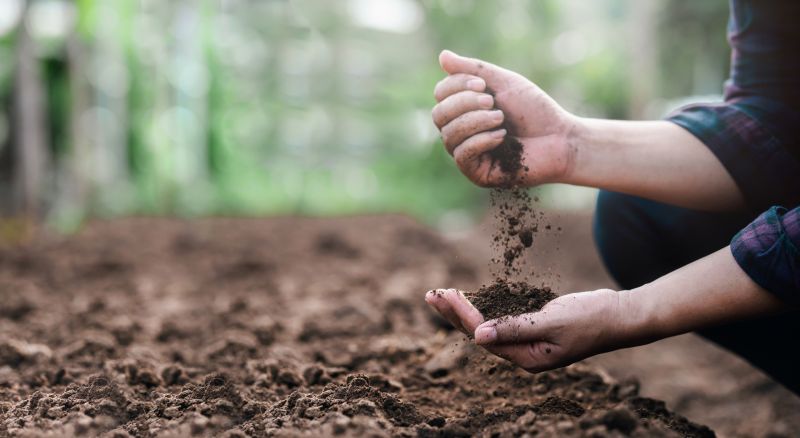
Proper soil assessment is crucial before repairs.
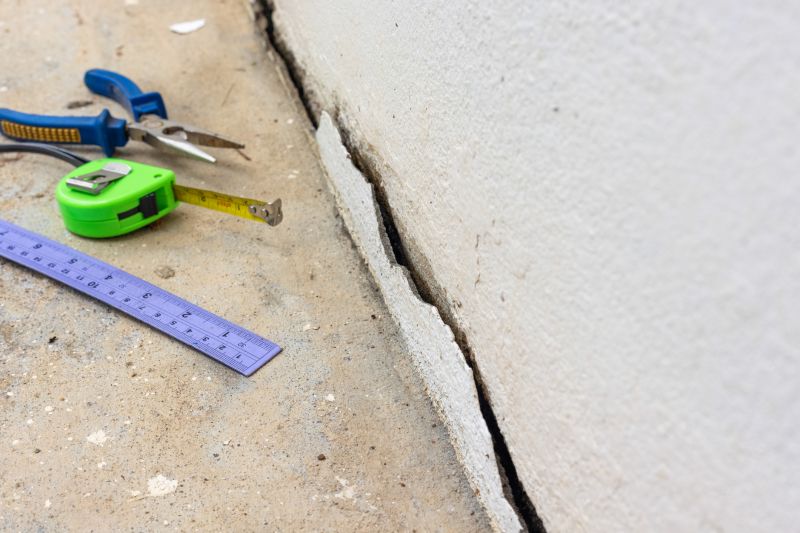
Ensures long-term stability and performance.
Interested in foundation repairs? Filling out the contact form can provide tailored information about the best timing and solutions for specific needs. Proper scheduling and execution are essential for maintaining structural integrity and preventing future issues.

